Story by Becky Speere | Photography by Ryan Siphers
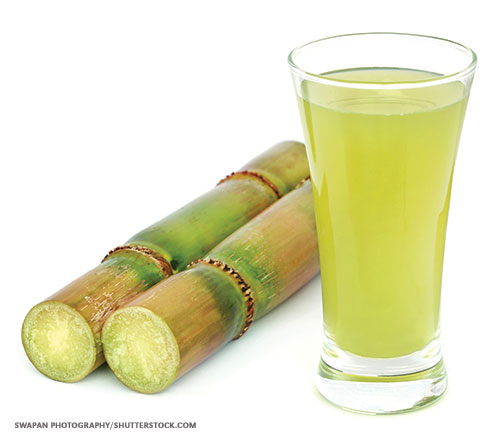 It was dangerous. The sharp-edged leaves of the sugarcane could slash my skin like a knife. But I needed to keep up with my two brothers as they ran, laughing, losing me in the sea of green. I was six years old, the youngest, a tomboy. And stories of kids getting lost while playing in the sugar fields hadn’t fallen on deaf ears. My heart thumped in my chest and my leg muscles burned as I listened to them yelling in the distance . . . out of sight. At last, I sadly turned around and picked my way back to the old plantation house. They didn’t want a girl playing with them.
It was dangerous. The sharp-edged leaves of the sugarcane could slash my skin like a knife. But I needed to keep up with my two brothers as they ran, laughing, losing me in the sea of green. I was six years old, the youngest, a tomboy. And stories of kids getting lost while playing in the sugar fields hadn’t fallen on deaf ears. My heart thumped in my chest and my leg muscles burned as I listened to them yelling in the distance . . . out of sight. At last, I sadly turned around and picked my way back to the old plantation house. They didn’t want a girl playing with them.
Fifty years later, the memory flashes back as though it were yesterday. I’m on my riding mower, circling stands of twelve-foot-tall Hawaiian medicinal kō (sugarcane) that I collected at the East Maui Taro Festival in Hāna, and from Maui Nui Botanical Gardens in Kahului. I planted them after tasting my first fresh-pressed sugarcane juice at the Upcountry Farmers Market in Pukalani; soon, I’ll be pressing the nutrient-rich stalks myself. Calcium, manganese, magnesium and iron are a few of the health benefits of sugarcane juice. Consisting mainly of water — great for rehydrating after a workout — the lightly sweetened, highly alkaline drink measures at half the glycemic index of processed sugar — so there’s no worry of spiking blood-sugar levels.
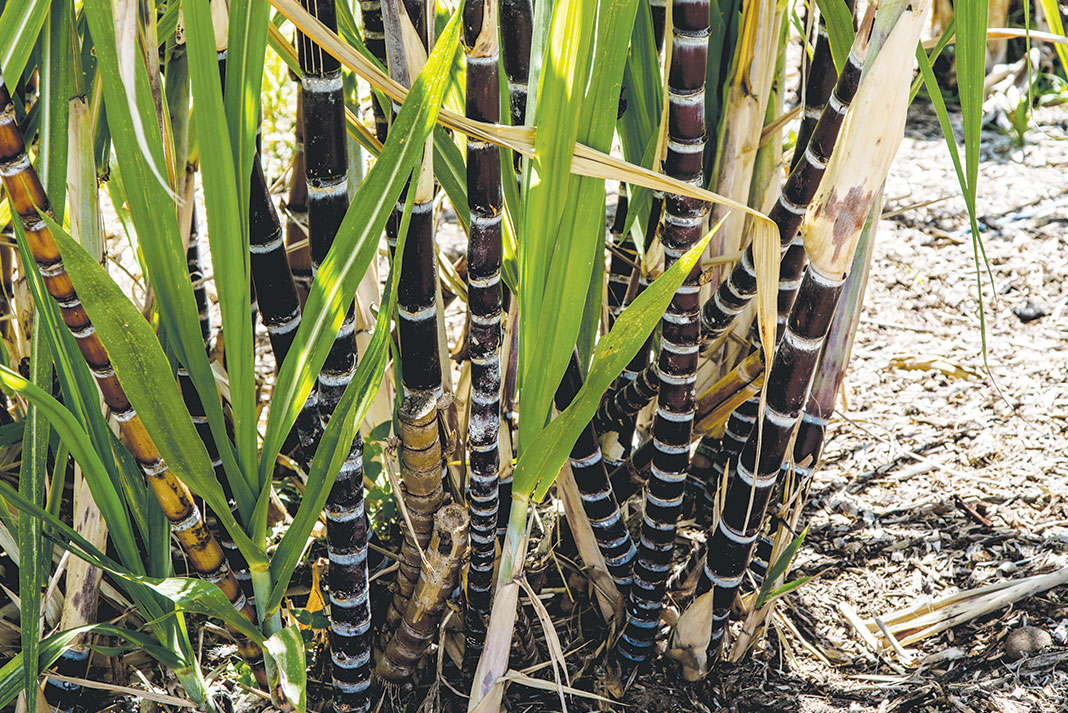
Pre-contact Hawaiians were well aware of kō’s beneficial properties. They mixed cane juice with medicinal herbs to make lā‘au lapa‘au (healing potions) more palatable, and chewed the fibrous stalk to clean their teeth. In her book Lā‘au Hawai‘i: Traditional Hawaiian Uses of Plants, noted botanist and native Hawaiian Isabella Aiona Abbott noted that sugarcane was even used in reattaching severed portions of the body. And sugarcane has polyphenols (micronutrients with antioxidant properties), leading the website HealthBenefitsTimes.com to surmise that it may help to fight cancer and boost the immune system. All the more reason to grow kō and drink its juice.
I still have to figure out where to buy my press, but in the meantime, I’ll be heading to the Upcountry Farmers Market on Saturday morning for my juice. If you haven’t tried it yet, check it out soon!
Upcountry Farmers Market
55 Kiopa‘a Street, Pukalani (opposite Longs)
Open Saturdays, 7–11 a.m.
UpcountryFarmersMarket.com

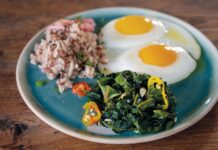
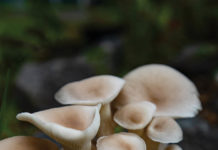
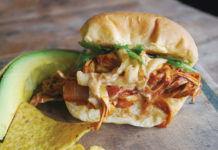
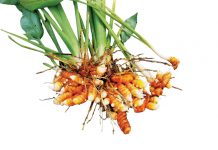
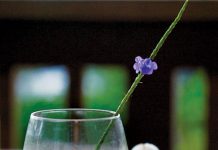
Hello, enjoyed the article. I am a retired sugarcane farmer from South Louisiana and will be visiting Maui in a couple weeks. I understand that sugarcane was still produced commercially on Maui until recently and would like to see some of its historic sugarcane industry while there…can you help me please? Thank you,
Gil Barker